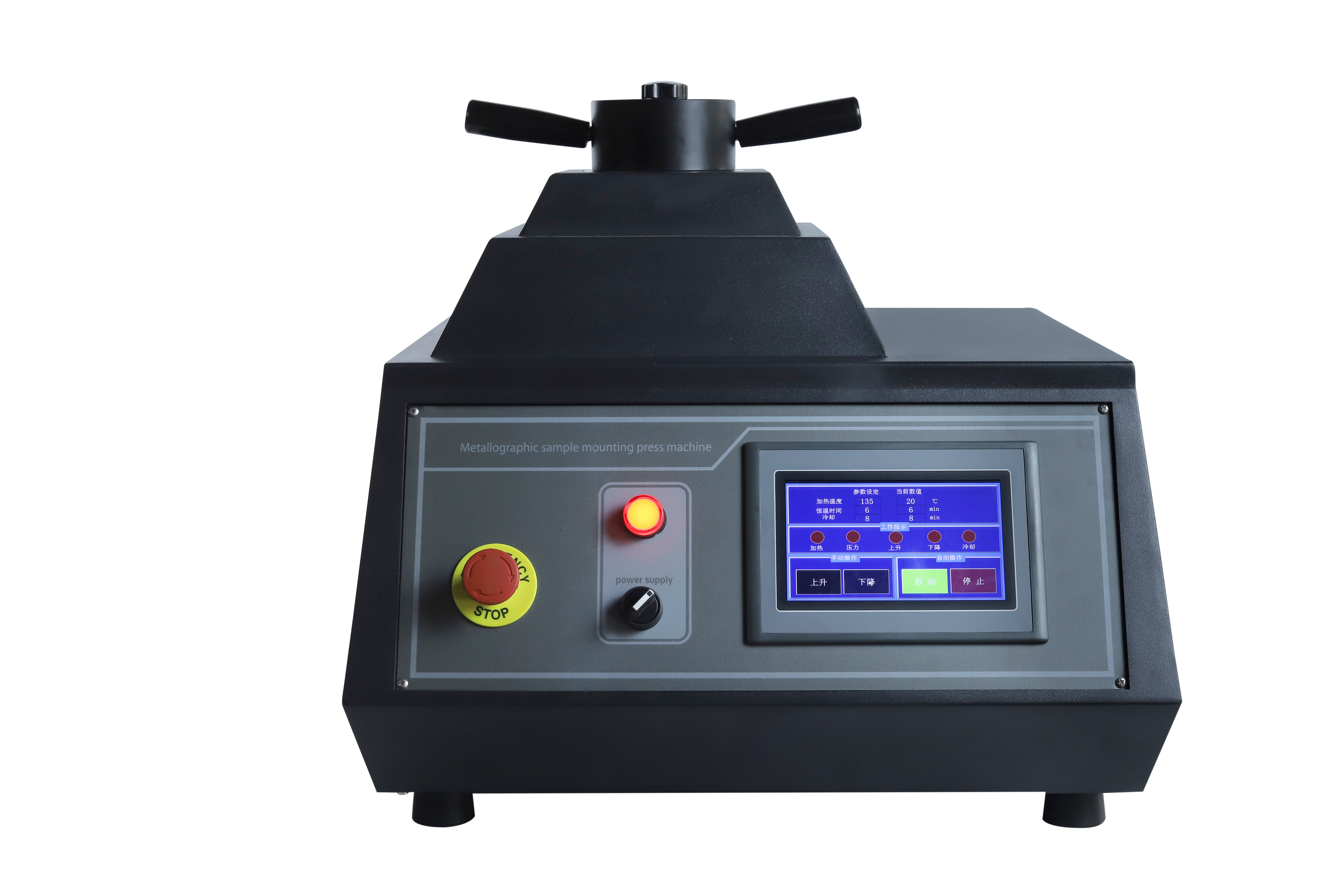
In the materials laboratory, every detail counts for reliable results. An often-overlooked decisive factor in metallographic preparation is the stability of temperature control. Does it really matter if the equipment maintains an accuracy of ±1°C? Real-world data from industrial laboratories shows us that it is crucial: even small temperature variations can mean the difference between an accurate analysis and a costly error.
Metallographic preparation involves pressing and heat curing, especially when using thermosetting resins. Temperature is not only a technical parameter but also a guarantee of sample integrity. A study conducted by the Madrid Metallurgical Institute (2023) on 500 stainless steel samples yielded revealing results:
Key Fact: “During the packaging process, the crack rate of the samples increased by an average of 23% for every 1°C increase in temperature fluctuation. When the temperature fluctuation exceeded 3°C, 78% of the samples showed irreversible defects, rendering the microstructural analysis invalid.”
| Thermal fluctuation (°C) | Crack rate (%) | Curing time (minutes) | Sample consistency (1-10) |
|---|---|---|---|
| ±0.5℃ | 4.2% | 8-10 | 9.5 |
| ±1°C | 5.8% | 6-8 | 9.2 |
| ±2°C | 28.6% | 5-7 | 6.7 |
| ±3°C | 51.3% | 4-6 | 4.1 |
These data demonstrate that thermal stability not only impacts the physical integrity of samples but also impacts laboratory efficiency. For technicians seeking to reduce rework and ensure analytical reliability, equipment that combines precision and speed is an essential ally.

ISO 9001 and ASTM E3-11, widely recognized standards in the materials industry, set clear requirements for metallographic preparation. According to these standards, “For general applications, the curing temperature must be controlled to an accuracy of at least ±2°C; for high-precision analysis such as R&D or equipment calibration, the curing temperature must be controlled to an accuracy of ±1°C.”
If your lab performs material analysis for industries like automotive, aerospace, or energy, where microstructure determines a component's mechanical strength or durability, thermal accuracy is no longer a luxury but a legal and quality requirement. Measurement errors can lead to part failure, operational risks, or even regulatory claims.
In the metallographic preparation equipment market, the ZXQ-50S packaging automation system stands out for its focus on thermal stability. Designed to meet the challenges of demanding laboratories, the system integrates three key technologies:
The materials laboratory of a leading automotive parts manufacturing company (name withheld at the client's request) replaced its manual equipment with two ZXQ-50S machines in 2022. The results six months later were astounding:
-67%
Reduce sample defect rate
+42%
Improve daily productivity
-35%
Reduced resin and rework costs
Is ±2°C accuracy sufficient for routine analysis? If your lab is focused on basic quality control, perhaps. However, in applications based on microstructural details, such as grain measurement or precipitate detection, a temperature difference of 1°C can alter the phase distribution in a sample, leading to incorrect interpretations.
Is the ZXQ-50S compatible with different types of resins? Yes, its thermal control system is programmable, allowing parameters to be adjusted for epoxy, phenolic, or polyester resins to suit the specific needs of each sample.
How does it compare to international brand equipment? In comparative tests conducted by an independent research center, the ZXQ-50S outperformed two European brands in thermal stability (±1°C vs. ±1.5°C and ±2.2°C) and curing time (6 minutes vs. 8 minutes and 10 minutes), while costing an average of 30% less.
Thermal stability isn't just a technical detail; it's the foundation for reliable results and informed decision-making in your lab. With the ZXQ-50S, you can not only obtain defect-free samples but also optimize your workflow and reduce costs in the long term.
Learn more about ZXQ-50S →*Note: All data are based on studies conducted in a controlled laboratory and may vary depending on environmental conditions and sample type. Please contact our technical team for specific information for your application.

